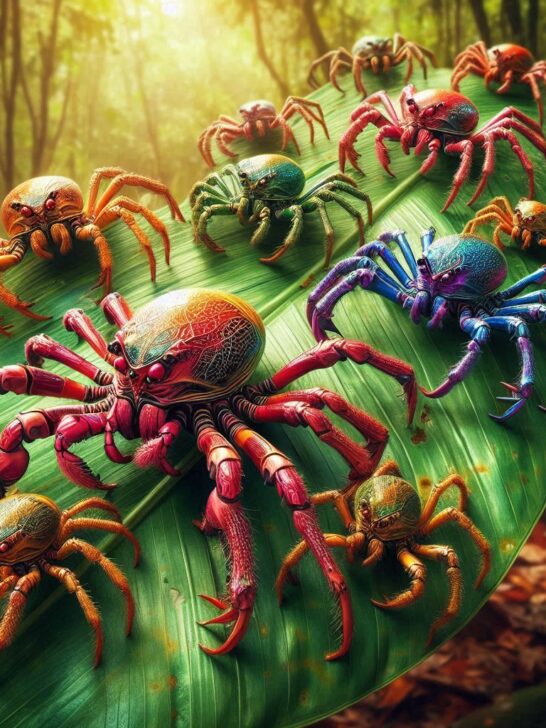Spiders are fascinating creatures with diverse adaptations, and some species bear striking resemblances to crabs. These spider species, belonging to families like Thomisidae, Sparassidae, Philodromidae, Selenopidae, and Gasteracantha, often possess features reminiscent of crabs, such as broad bodies and sideways movement. Let’s delve into the characteristics of 19 common spiders that share this crab-like appearance in the United States.
Bonus Fun Facts:
- Crab spiders are ambush predators, patiently waiting for prey to come within reach before capturing them with their strong front legs.
- They exhibit impressive camouflage abilities, adapting their body color to match their surroundings for better blending.
- Unlike other spiders, they can walk sideways and backwards, adding to their agility.
- They are generally harmless to humans and play an important role in controlling insect populations.
Post Contents
- 1. Goldenrod Crab Spider (Misumena vatia):
- 2. American Green Crab Spider (Misumenoides formosipes)
- 3. White-Banded Crab Spider (Argyrodes argentatus)
- 4. Northern Crab Spider (Xysticus lentulus)
- 5. Black-Banded Crab Spider (Misumena vatia form vibratoria):
- 6. Tuberculated Crab Spider (Tmarus angulatus):
- 7. Tan Crab Spider (Xysticus ferrumeus):
- 8. Elegant Crab Spider (Misumena vatia forma rubriceps):
- 9.Swift Crab Spider (Philodromus praelongus):
- 10. Diaea Livens:
- 11. Giant Crab Spider (Olios giganteus):
- 12. Pantropical Huntsman Spider (Heteropoda maxima):
- 13. Oblong Running Spider (Tibellus oblongus):
- 14. Metallic Crab Spider (Micrommata virescens):
- 15. Eurasian Running Crab Spider (Selenops submaculosus):
- 16. Selenops Submaculosus:
- 17. Spinybacked Orbweaver:
- 18. False Widow Spider (Steatoda):
- 19. Brown Recluse Spider (Loxosceles reclusa):
- Summary:
- Frequently Asked Questions (FAQs):
1. Goldenrod Crab Spider (Misumena vatia):
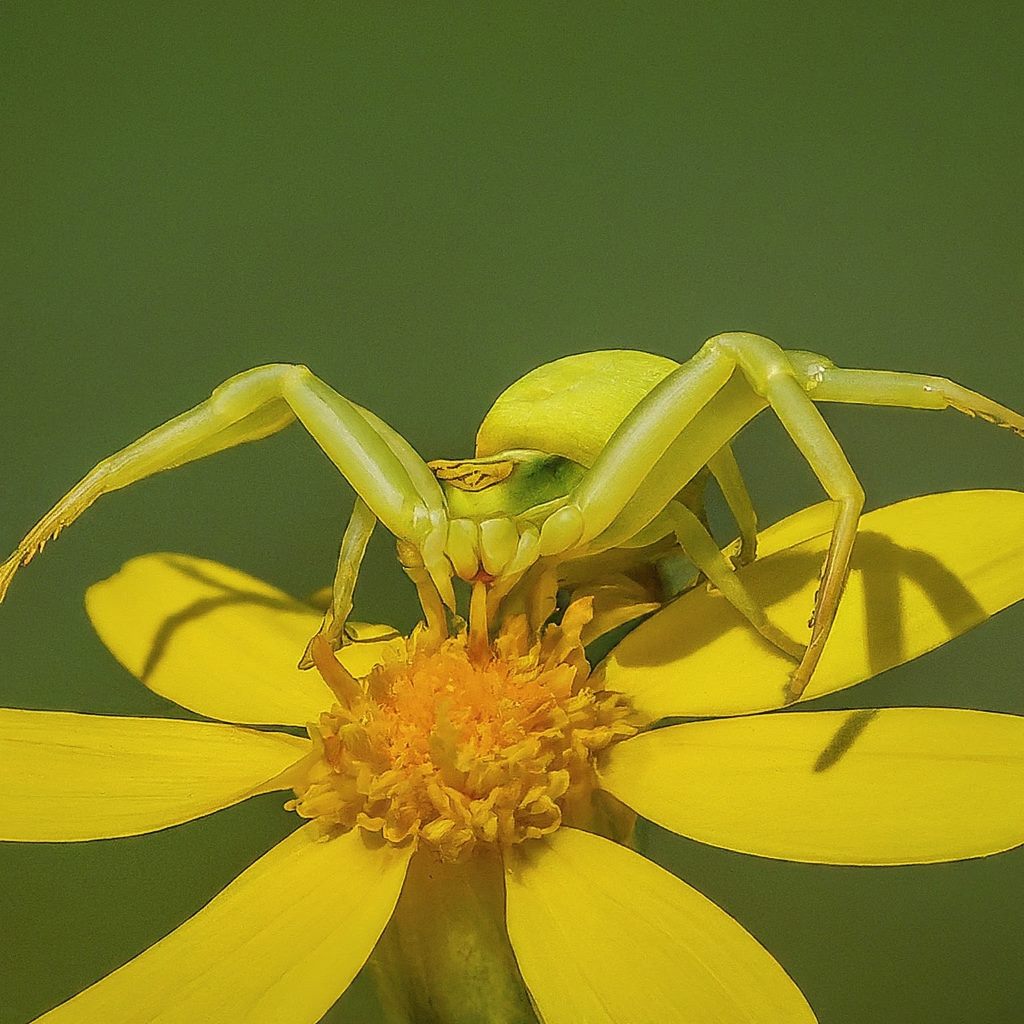
- Classification: Misumena vatia belongs to the family Thomisidae.
- Appearance: Goldenrod crab spiders are relatively small, with females measuring around 0.5 inches in length. They can change color to match their surroundings, typically yellow or white.
- Lifespan: They have a lifespan of about one year.
- Prey and Diet: These spiders primarily prey on insects, particularly pollinating insects like bees and butterflies, which they ambush in flowers.
- Behavior: Goldenrod crab spiders are ambush predators, sitting motionless in flowers and waiting to strike at passing insects.
- Habitat: They are found throughout North America in a variety of habitats, including fields, gardens, and forests.
2. American Green Crab Spider (Misumenoides formosipes)
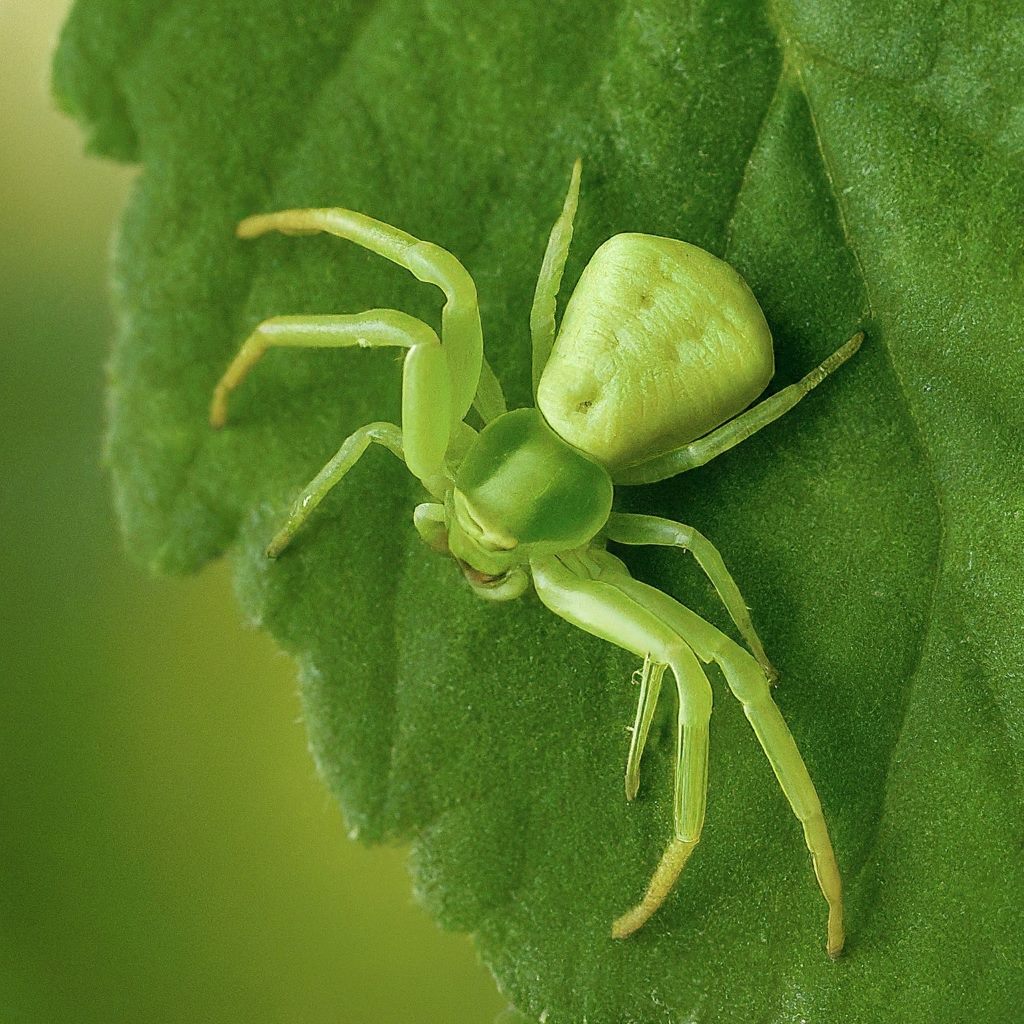
- Classification: Misumessus oblongus belongs to the family Thomisidae.
- Appearance: American green crab spiders are neon green in color, helping them blend in with foliage. They have a slender body and long front legs.
- Lifespan: Their lifespan is around one to two years.
- Prey and Diet: They primarily prey on pollinating insects, using their long front legs to grab their prey.
- Behavior: These spiders are ambush predators, hiding among foliage and waiting to ambush passing insects.
- Habitat: They are commonly found in foliage-rich areas such as forests, gardens, and shrublands.
3. White-Banded Crab Spider (Argyrodes argentatus)
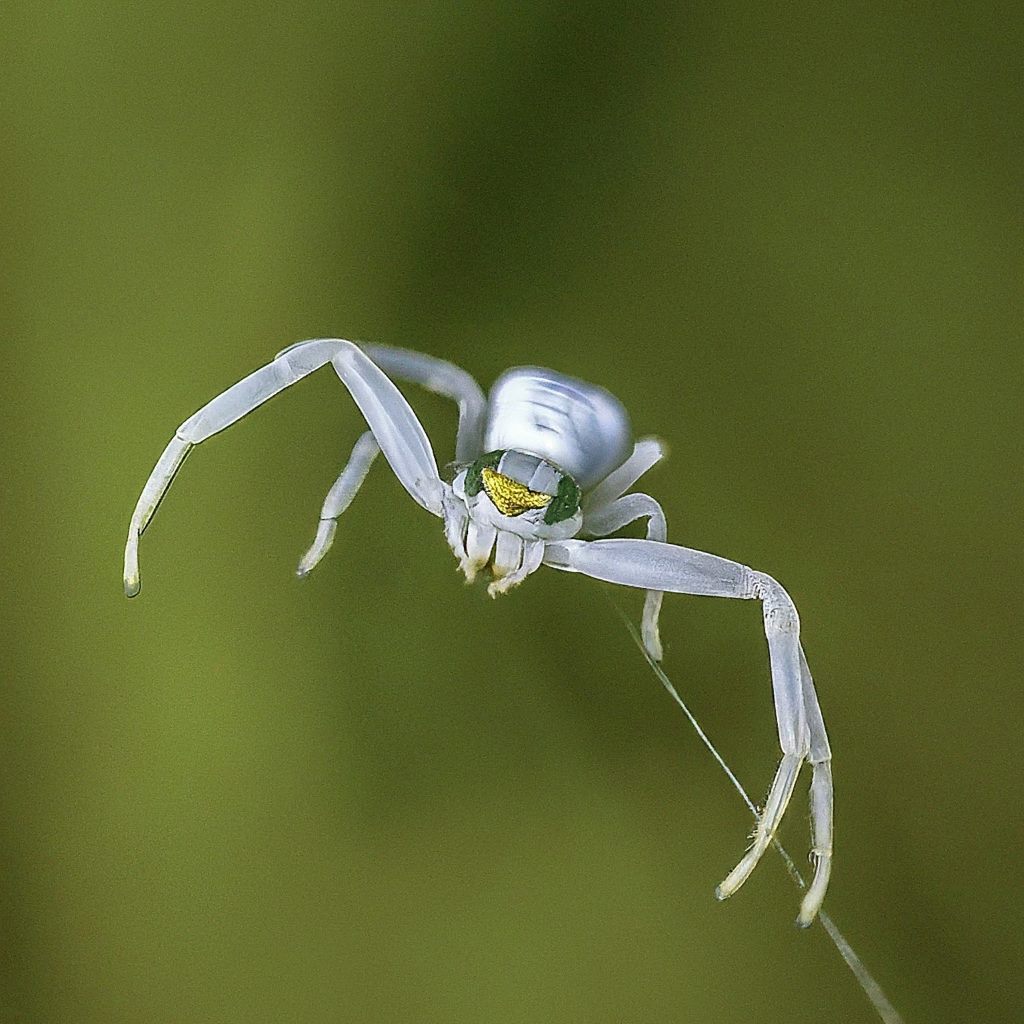
- Classification: Misumenoides formosipes belongs to the family Thomisidae.
- Appearance: White-banded crab spiders have a distinctive white line running through their eyes. Females can change color from yellow to white.
- Lifespan: They typically live for about one year.
- Prey and Diet: These spiders ambush insects, particularly pollinators, in flowers.
- Behavior: White-banded crab spiders wait in flowers for prey to land before pouncing on them.
- Habitat: They are found throughout the United States in various habitats, including gardens, fields, and meadows.
4. Northern Crab Spider (Xysticus lentulus)
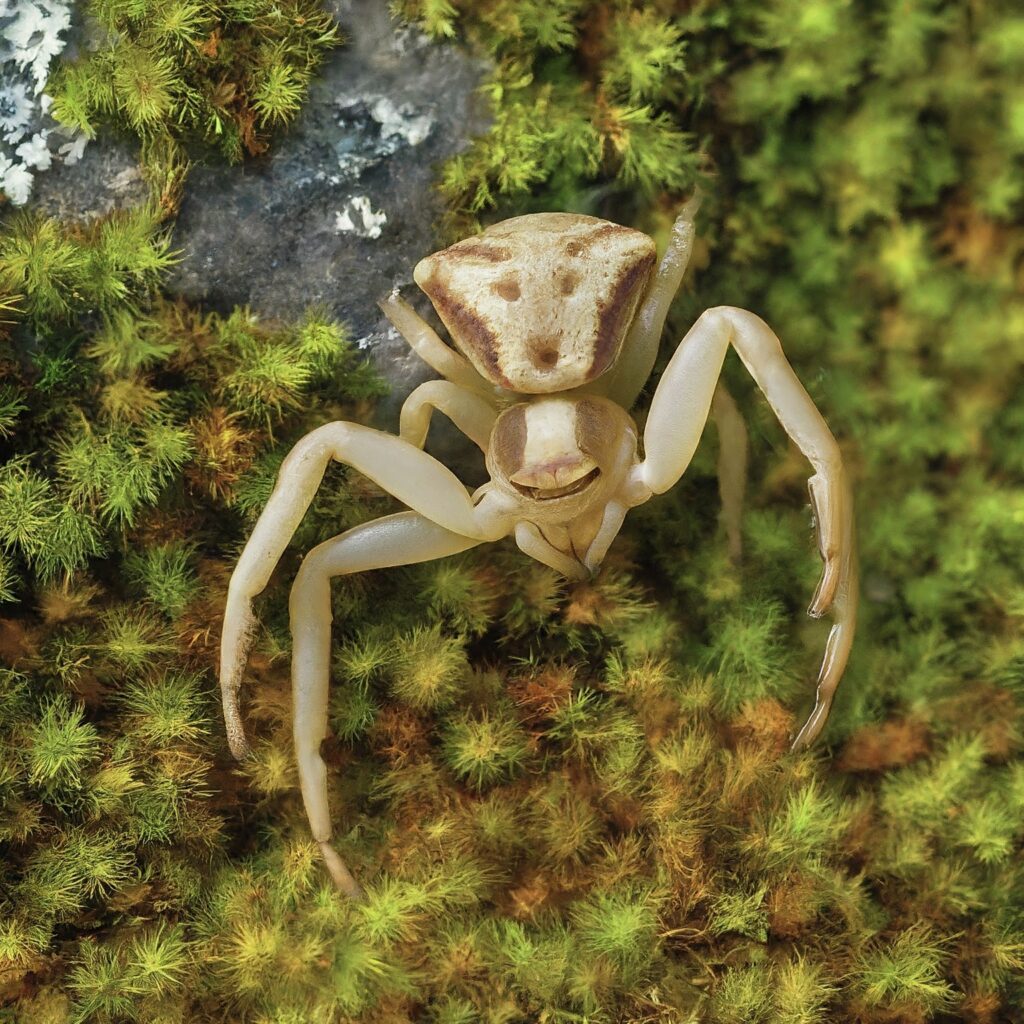
- Classification: Mecaphesa asperata belongs to the family Thomisidae.
- Appearance: Northern crab spiders have a white ocular region on their body with red streaks on their abdomen. Their legs are yellow.
- Lifespan: They typically live for about one year.
- Prey and Diet: These spiders hunt in flowers that match their coloration and primarily feed on insects.
- Behavior: Northern crab spiders are sit-and-wait predators, hiding in flowers and ambushing passing insects.
- Habitat: They are found throughout North America, particularly in Northern regions, and inhabit a variety of habitats, including fields, meadows, and gardens.
5. Black-Banded Crab Spider (Misumena vatia form vibratoria):

- Classification: Synema parvulum belongs to the family Thomisidae.
- Appearance: Black-banded crab spiders are small, red to brown in color, with a black crescent-shaped marking on their abdomen.
- Lifespan: They typically live for about one year.
- Prey and Diet: These spiders ambush insects in flowers, hiding and waiting for prey to approach.
- Behavior: Black-banded crab spiders spend their time in flowers, ambushing prey when they come to collect pollen.
- Habitat: They are commonly found in gardens, fields, and meadows throughout North America.
6. Tuberculated Crab Spider (Tmarus angulatus):
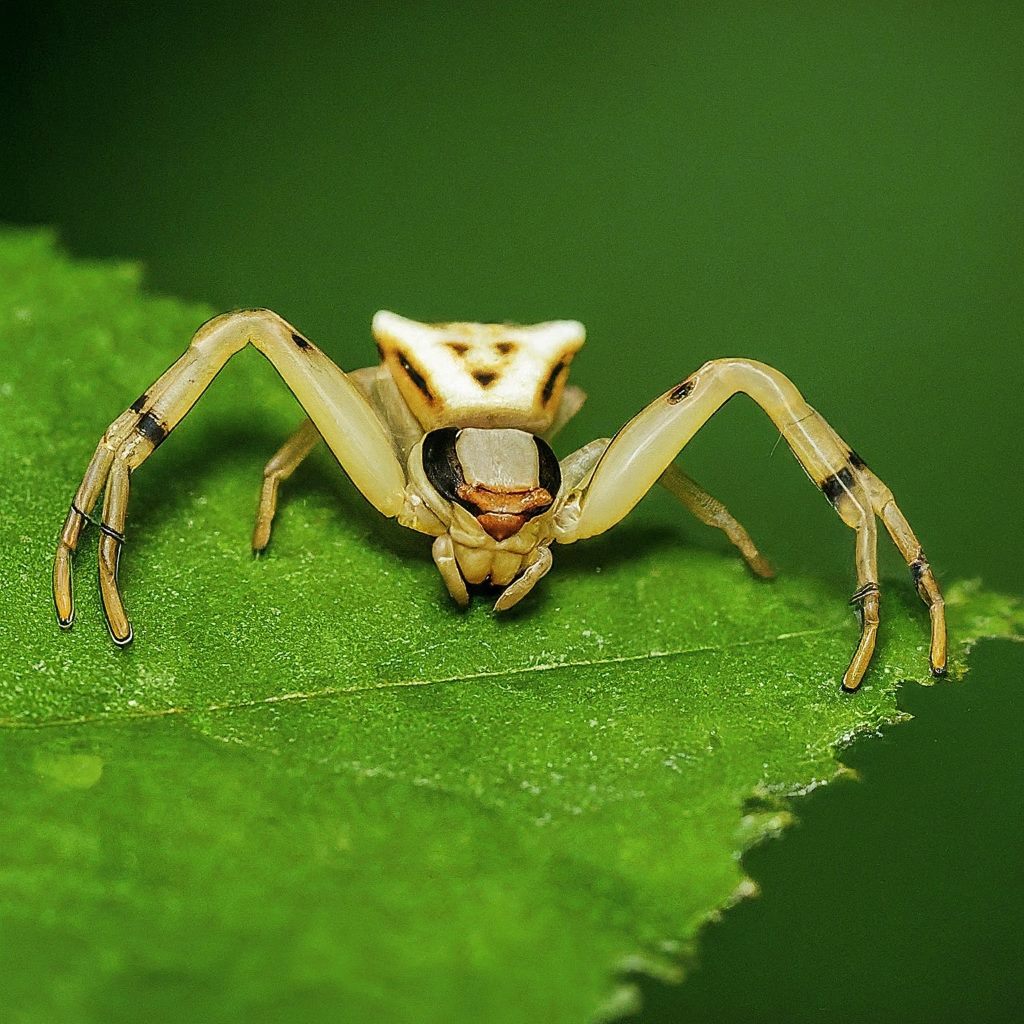
- Classification: Tmarus angulatus belongs to the family Thomisidae.
- Appearance: Tuberculated crab spiders have a flattened body with a distinctive star-shaped pattern on their abdomen.
- Lifespan: They typically live for about one year.
- Prey and Diet: These spiders ambush pollinating insects that arrive on flowers.
- Behavior: Tuberculated crab spiders hold their front legs in a crab-like pose and move sideways to capture prey.
- Habitat: They are common in North America and can be found in a variety of habitats, including gardens, meadows, and forests.
7. Tan Crab Spider (Xysticus ferrumeus):
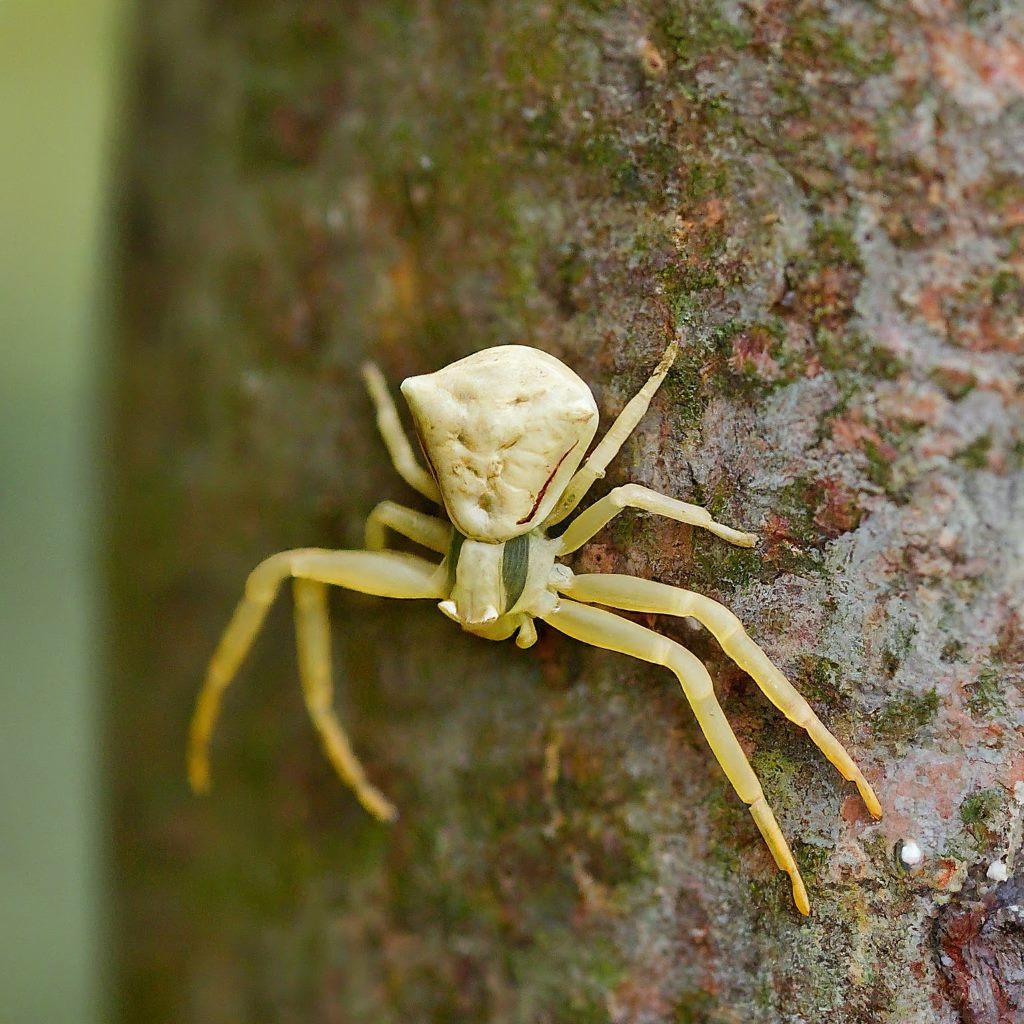
- Classification: Xysticus ferox belongs to the family Thomisidae.
- Appearance: Tan crab spiders have longer front legs and a tan or brown coloration, helping them blend into their surroundings.
- Lifespan: They typically live for about one year.
- Prey and Diet: These spiders ambush insects in flowers and foliage, primarily feeding on pollinating insects.
- Behavior: Tan crab spiders are sit-and-wait predators, hiding in flowers and waiting to strike at passing prey.
- Habitat: They are more common in certain regions like New Jersey in the United States and can be found in gardens, forests, and fields.
8. Elegant Crab Spider (Misumena vatia forma rubriceps):
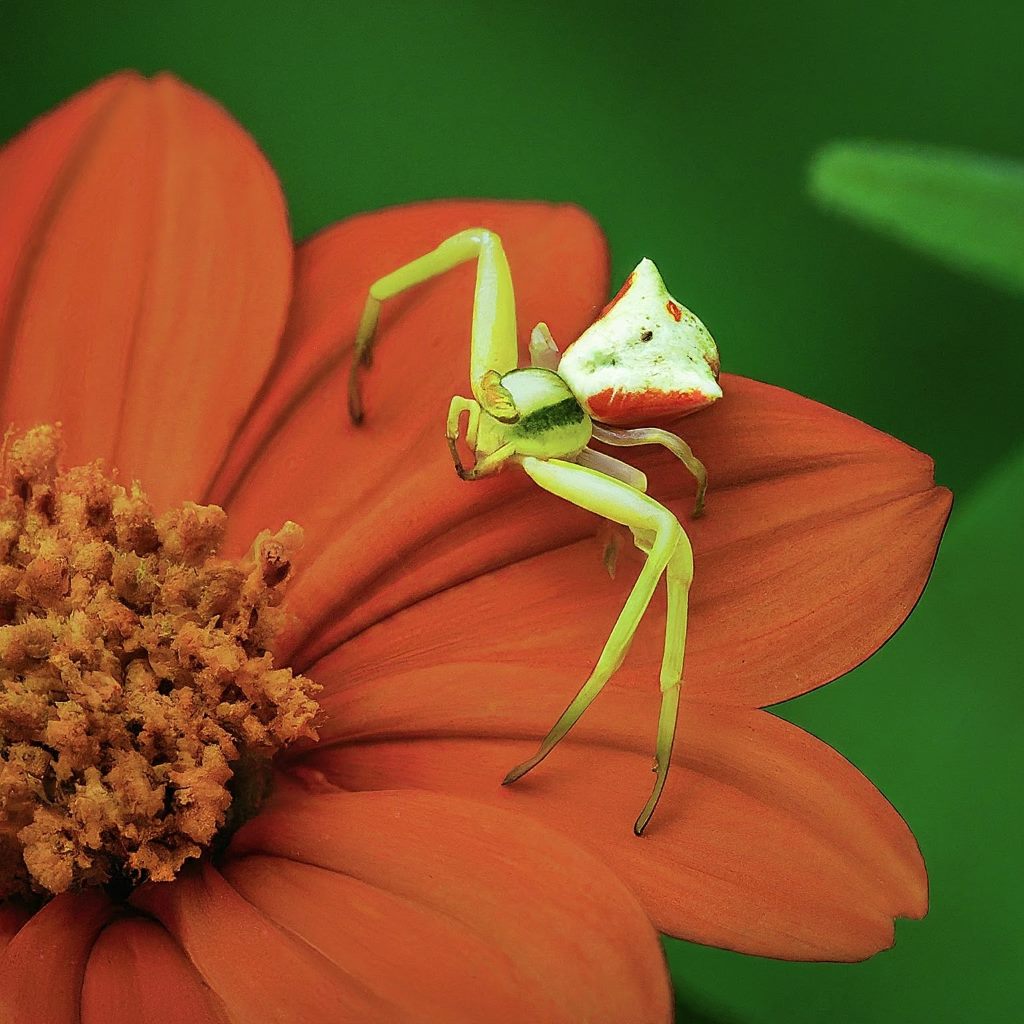
- Classification: Xysticus elegans belongs to the family Thomisidae.
- Appearance: Elegant crab spiders are medium-sized with brown cephalothoraxes and tan bands through their eyes. They have brown spots on their abdomen and uniform brown legs.
- Lifespan: They typically live for about one year.
- Prey and Diet: These spiders ambush insects in flowers and foliage, feeding primarily on pollinating insects.
- Behavior: Elegant crab spiders are sit-and-wait predators, hiding in flowers and waiting for prey to approach.
- Habitat: They are common in the United States and prefer woodlands with plenty of ground debris, where they can hide and ambush prey.
9.Swift Crab Spider (Philodromus praelongus):
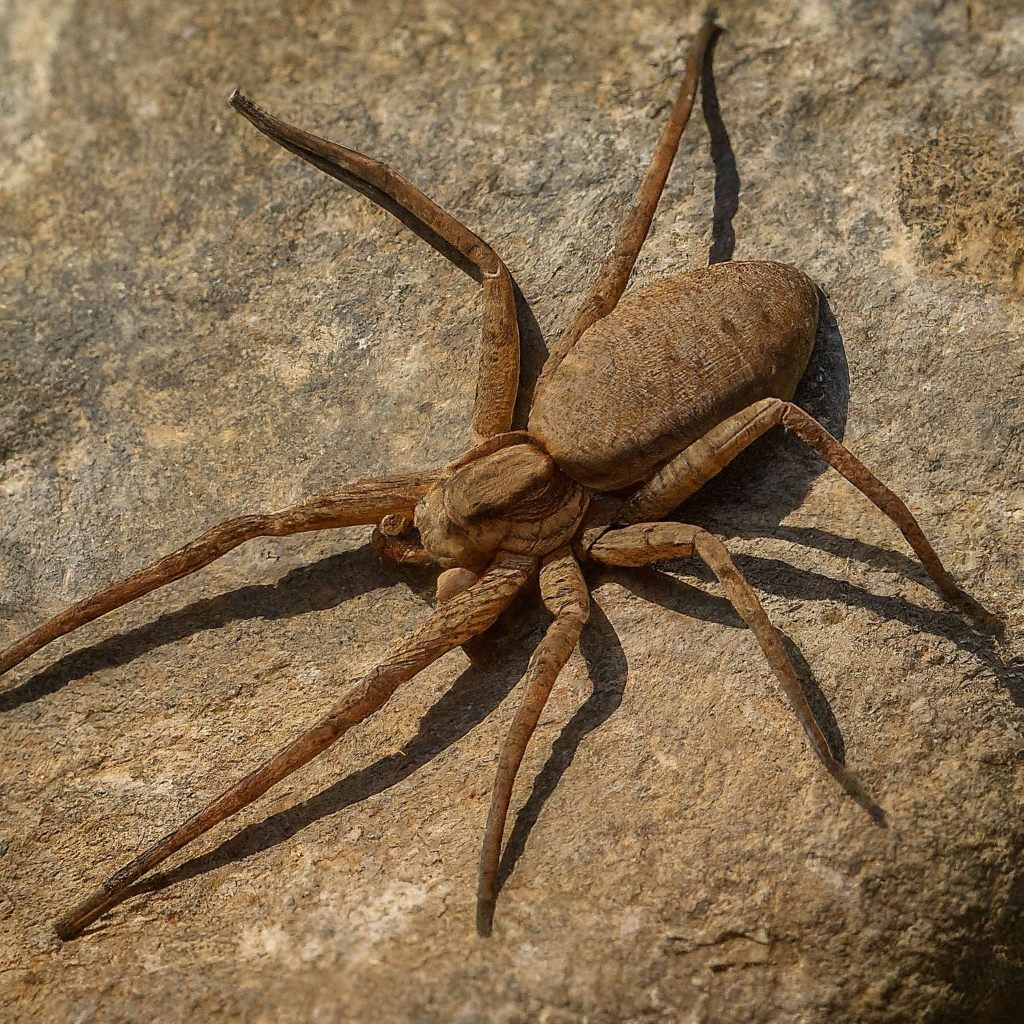
- Classification: Mecaphesa celer belongs to the family Thomisidae.
- Appearance: Swift crab spiders have long front legs and a yellowish coloration with red banding on their legs. Females tend to be larger than males.
- Lifespan: They typically live for about one year.
- Prey and Diet: These spiders ambush insects in flowers and foliage, primarily feeding on pollinating insects.
- Behavior: Swift crab spiders are sit-and-wait predators, hiding in flowers and plant stalks and striking at passing prey.
- Habitat: They can be found throughout most of North America and inhabit various habitats, including gardens, fields, and meadows.
10. Diaea Livens:
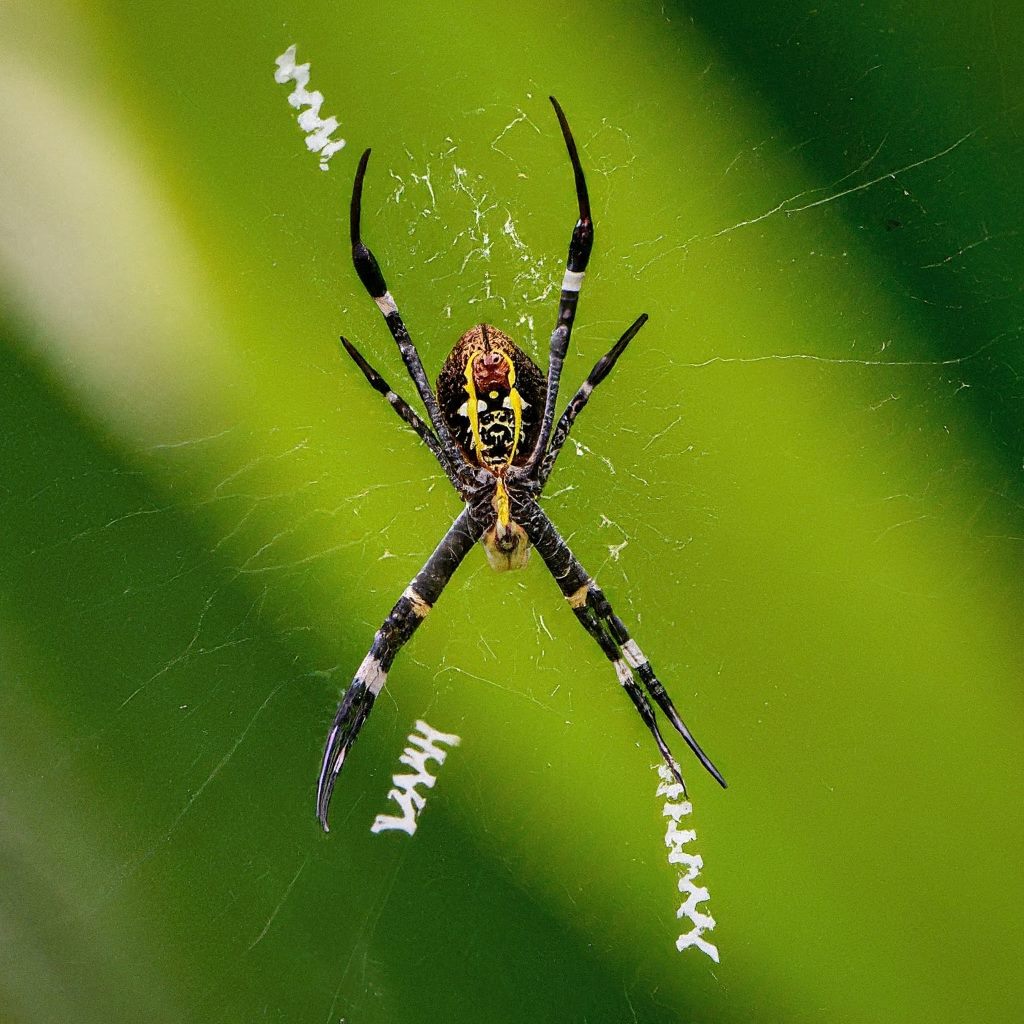
- Classification: Diaea livens belongs to the family Thomisidae.
- Appearance: Diaea livens are small crab spiders with the ability to change their color to match their surroundings. They have a cylindrical-shaped body and long, slender legs.
- Lifespan: They typically live for about one year.
- Prey and Diet: These spiders primarily feed on small insects, which they ambush in flowers and foliage.
- Behavior: Diaea livens are ambush predators, hiding and waiting for prey to approach before striking.
- Habitat: They are commonly found in various habitats across the United States, including forests, gardens, and grasslands.
11. Giant Crab Spider (Olios giganteus):
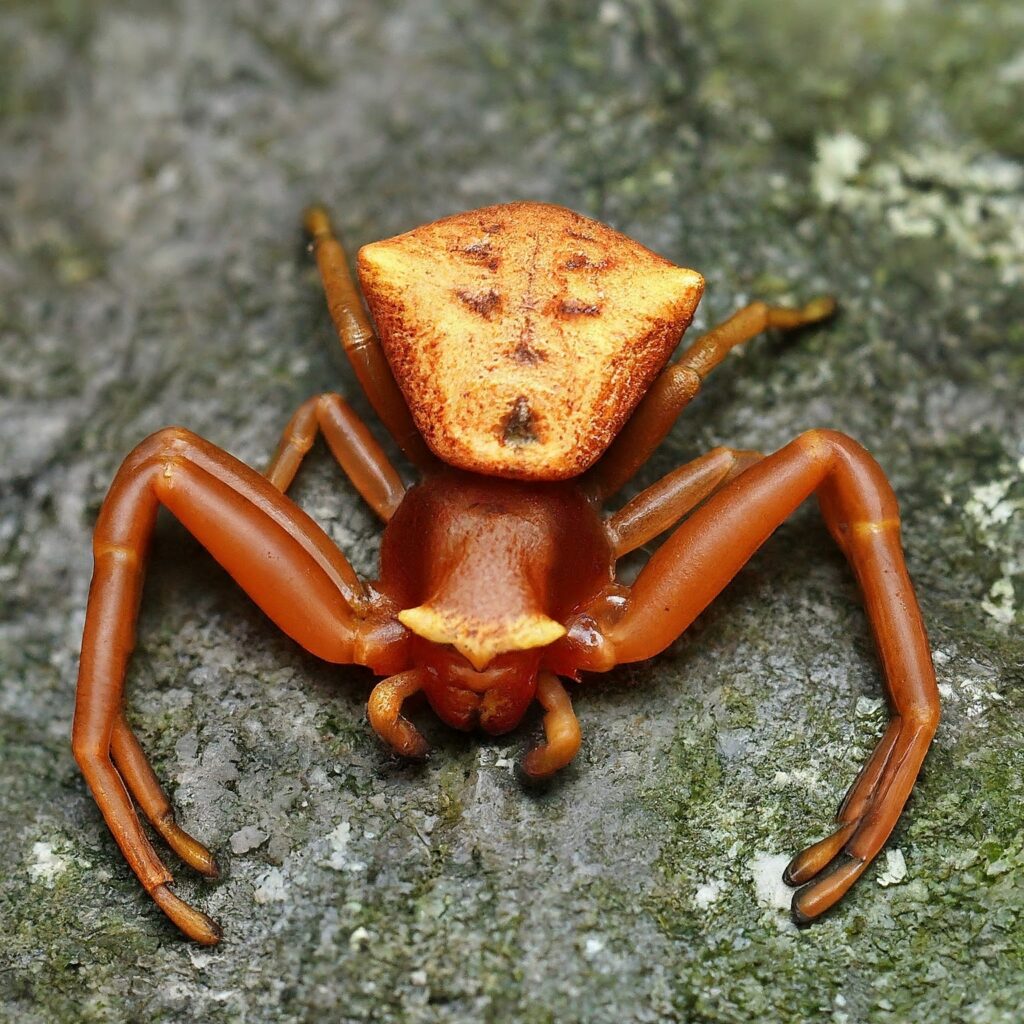
- Classification: Olios giganteus belongs to the family Sparassidae.
- Appearance: Giant crab spiders are among the largest spiders in North America, with a sandy coloration and short hairs covering their body. They have a rounded abdomen with a narrow stripe running down the center.
- Lifespan: They typically live for about one to two years.
- Prey and Diet: These spiders are fast-moving predators, capturing prey with lightning speed. They primarily feed on insects and other small invertebrates.
- Behavior: Giant crab spiders are sit-and-wait predators, hiding in crevices and striking at passing prey.
- Habitat: They prefer desert regions but can wander into homes and other structures, particularly during the summer months.
12. Pantropical Huntsman Spider (Heteropoda maxima):
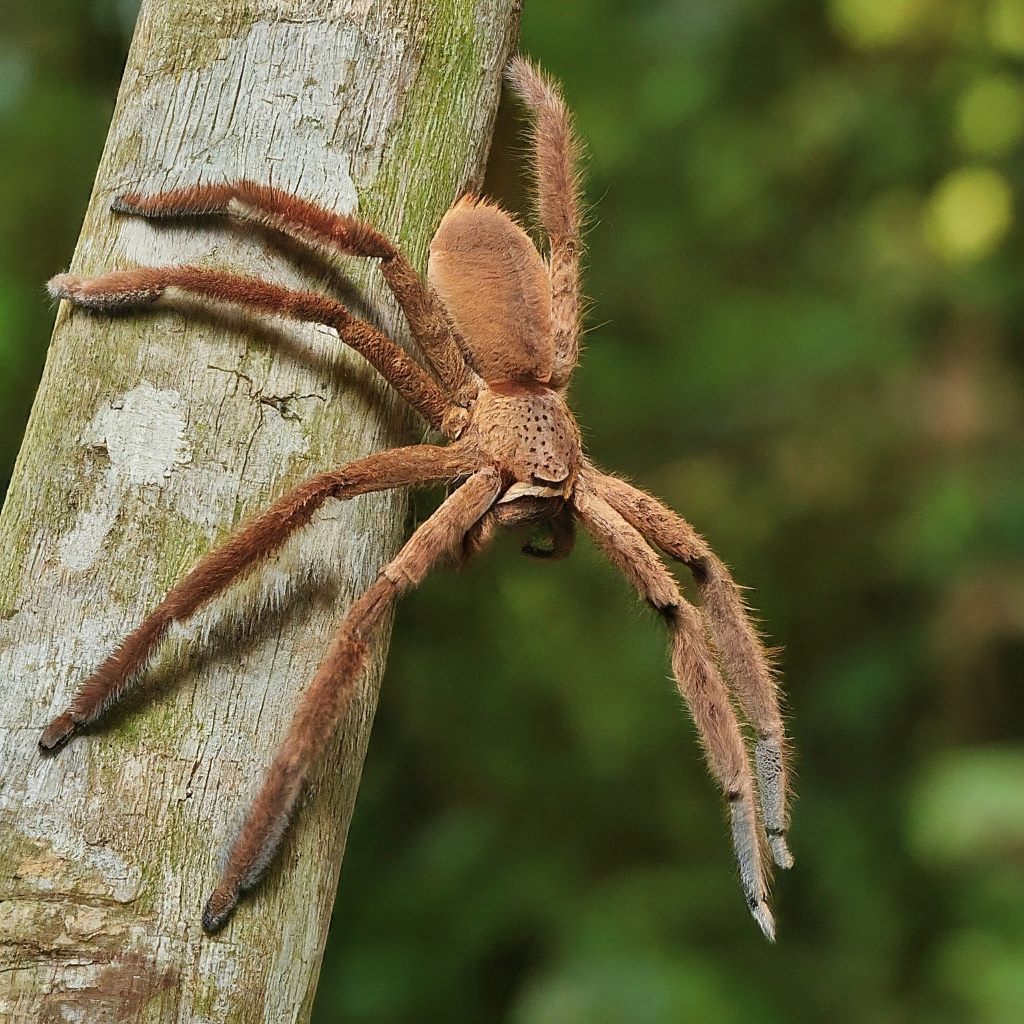
- Classification: Heteropoda venatoria belongs to the family Sparassidae.
- Appearance: Pantropical huntsman spiders are large spiders with a leg span of up to 30cm. They have eight eyes and a brown to gray coloration with red markings around their mouth.
- Lifespan: They typically live for about one to two years.
- Prey and Diet: These spiders primarily feed on insects and small vertebrates, which they capture using their speed and agility.
- Behavior: Pantropical huntsman spiders are fast-moving hunters, chasing down prey and pouncing on them.
- Habitat: They inhabit a wide range of environments, including mine shafts, forests, wooden shacks, and woodpiles.
13. Oblong Running Spider (Tibellus oblongus):
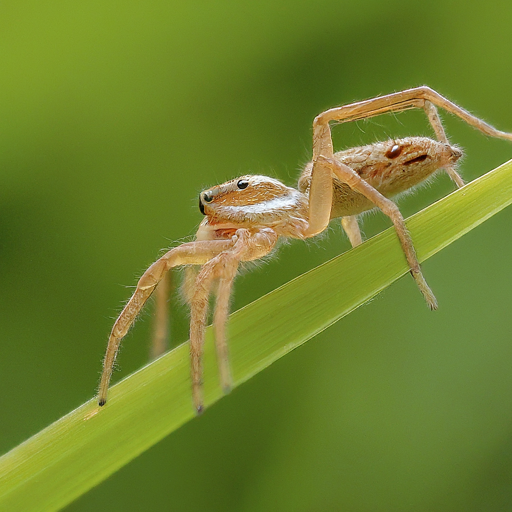
- Classification: Tibellus oblongus belongs to the family Philodromidae.
- Appearance: Oblong running spiders are medium-sized spiders with long, slender bodies and flattened shapes. They are typically brown to yellow in color with darker markings on their abdomen.
- Lifespan: They typically live for about one year.
- Prey and Diet: These spiders primarily feed on small insects, which they hunt on herbaceous plants and grass.
- Behavior: Oblong running spiders are fast-moving hunters, chasing down prey on the ground or in vegetation.
- Habitat: They are commonly found throughout North America, particularly in grassy areas and herbaceous plants.
14. Metallic Crab Spider (Micrommata virescens):
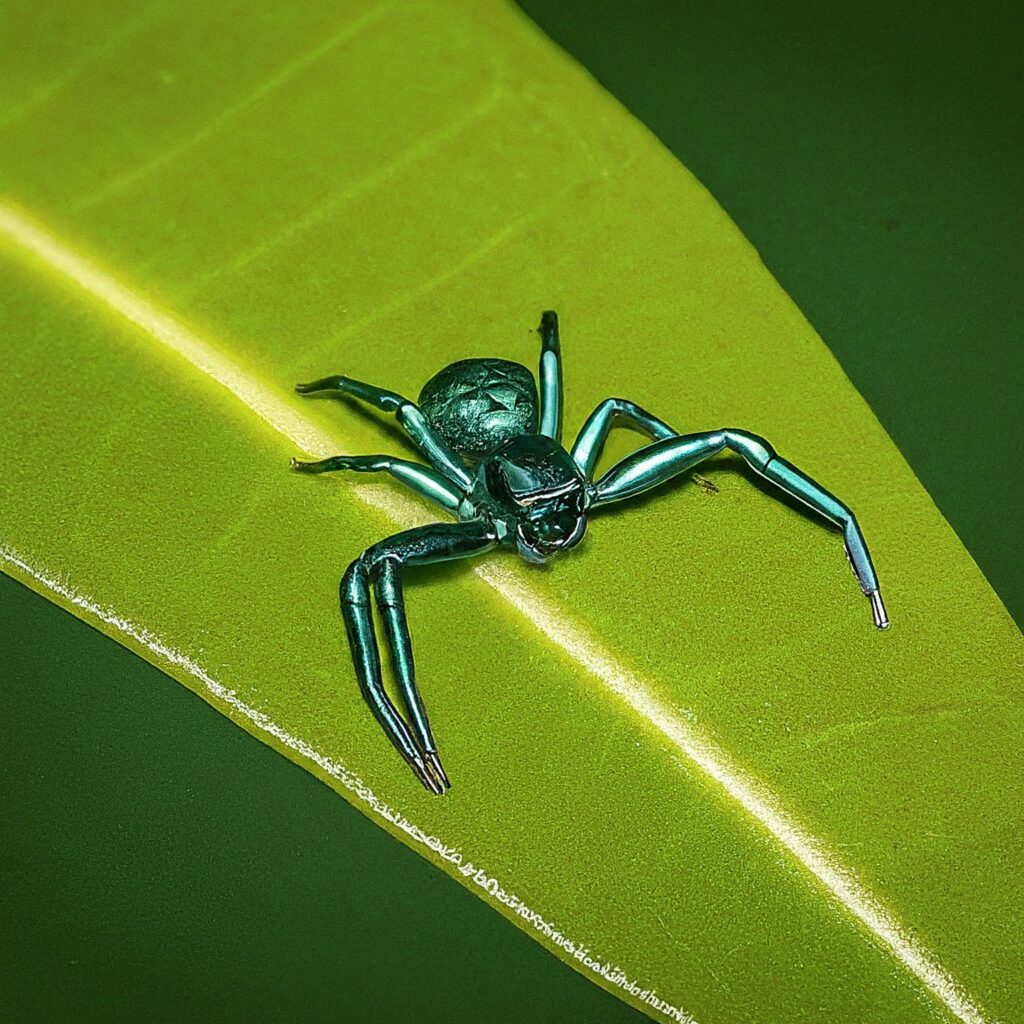
- Classification: Philodromus marxi belongs to the family Philodromidae.
- Appearance: Metallic crab spiders have a metallic appearance, with a darker brown coloration and rose gold patches on their body. They have long, skinny legs and a flattened body.
- Lifespan: They typically live for about one year.
- Prey and Diet: These spiders primarily feed on small insects, which they hunt on tree branches, leaves, and among leaf litter.
- Behavior: Metallic crab spiders are fast and agile hunters, capable of escaping predators and capturing fast-moving prey.
- Habitat: They are commonly found in tall grass, tree branches, leaves, garden plants, and among leaf litter on the ground.
15. Eurasian Running Crab Spider (Selenops submaculosus):
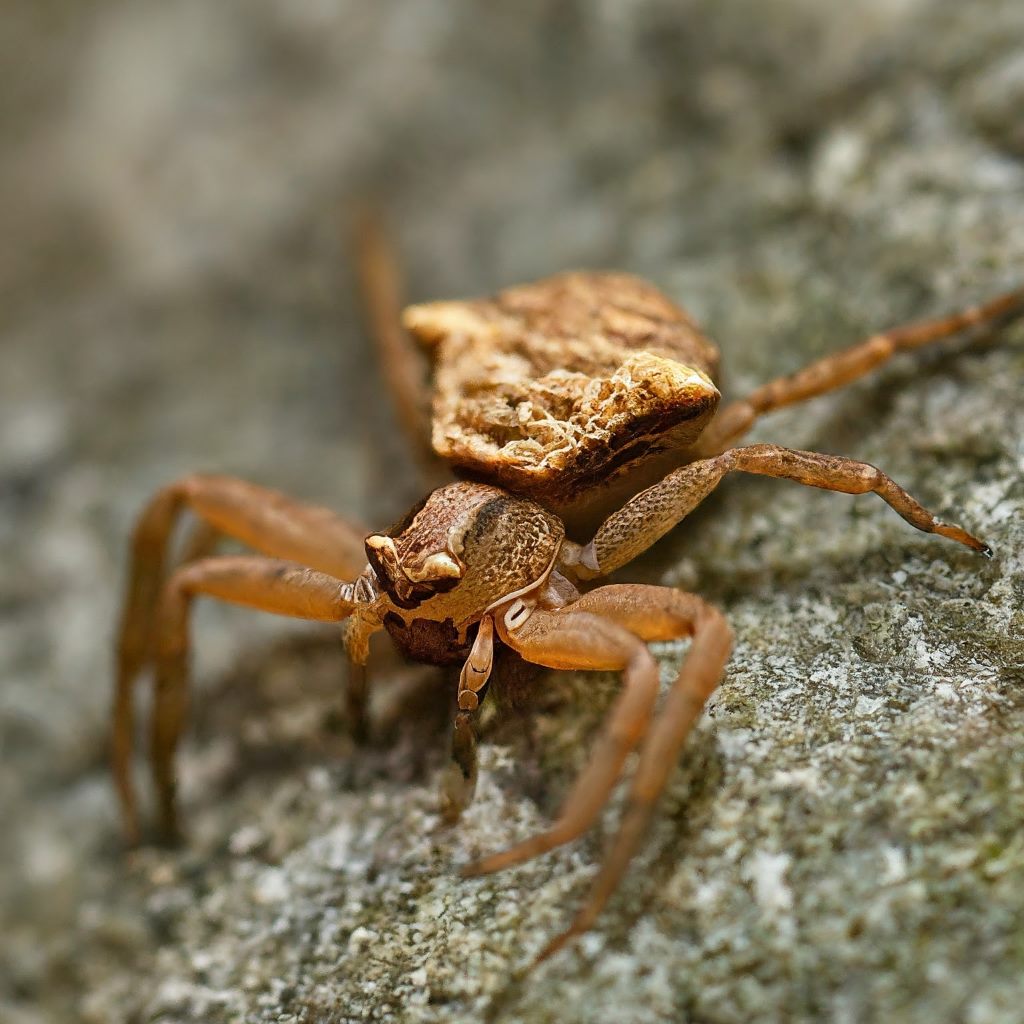
- Classification: Philodromus dispar belongs to the family Philodromidae.
- Appearance: Eurasian running crab spiders have varying colors and sizes, with females being larger and males being shiny black or dark brown with white edging. They have long, slender legs and a flattened body.
- Lifespan: They typically live for about one year.
- Prey and Diet: These spiders primarily feed on small insects, which they hunt on bushes and trees.
- Behavior: Eurasian running crab spiders are agile hunters, capable of moving in all directions and ambushing prey without relying on webs.
- Habitat: They are commonly found in bushes and trees in various habitats across their range.
16. Selenops Submaculosus:
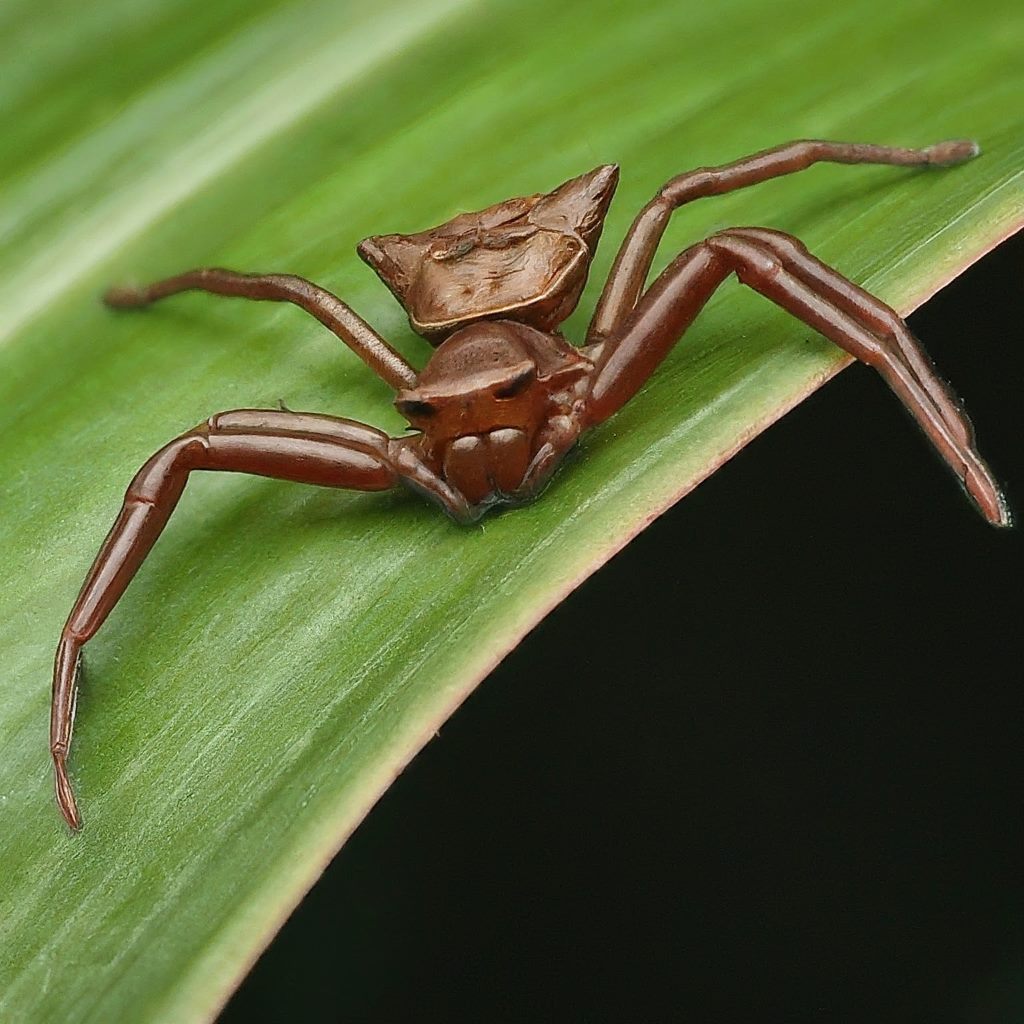
- Classification: Selenops submaculosus belongs to the family Selenopidae.
- Appearance: Selenops submaculosus is a secretive spider with a flat body and long legs. They have a brown coloration with darker markings and are commonly observed in forests and wooded areas.
- Lifespan: The lifespan of Selenops submaculosus typically ranges from one to two years.
- Prey and Diet: These spiders primarily feed on small insects, which they hunt in their habitat, including forests, parks, and woods.
- Behavior: Selenops submaculosus is a stealthy predator, hiding and waiting for prey to approach before striking.
- Habitat: They are commonly found in various locations across the United States, Bahamas, Cuba, and the Cayman Islands, preferring habitats with ample hiding spots.
17. Spinybacked Orbweaver:
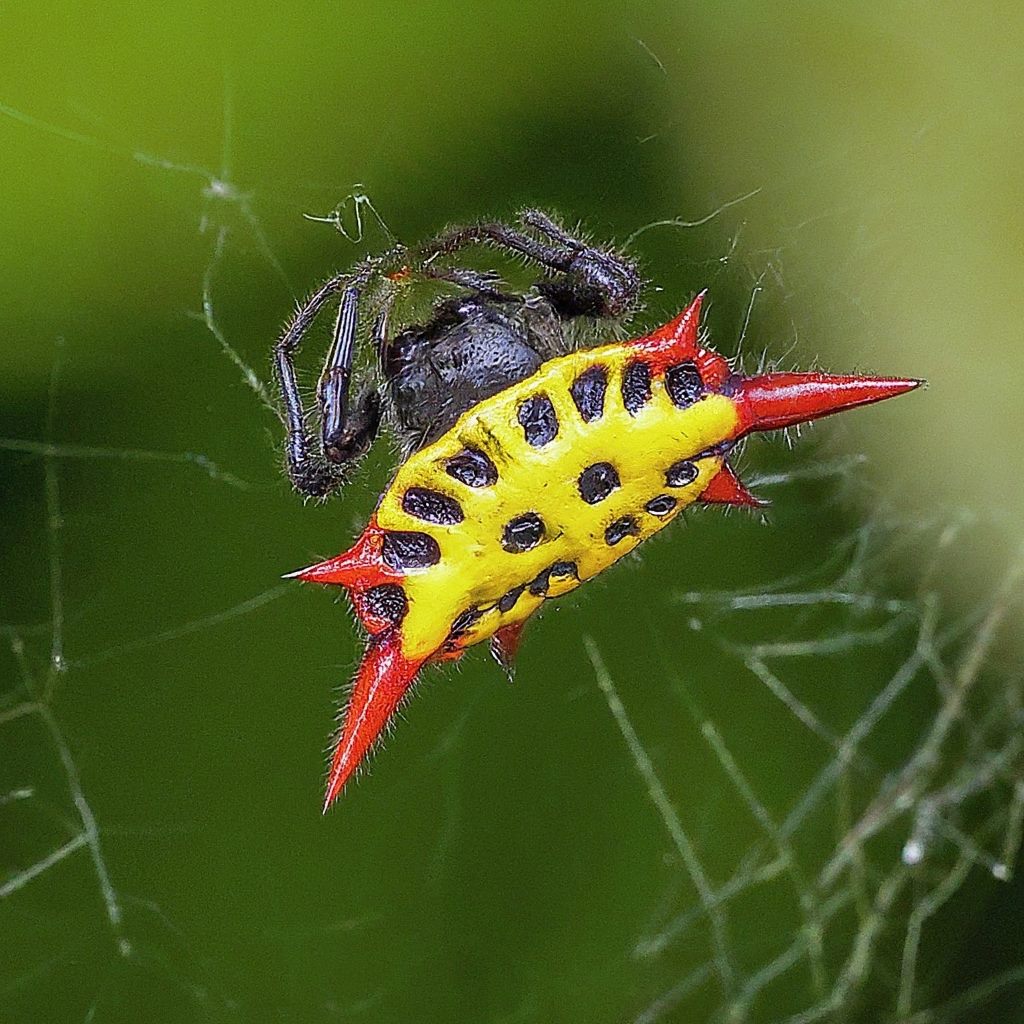
- Classification: The spinybacked orbweaver belongs to the family Araneidae.
- Appearance: Spinybacked orbweavers have a distinctive appearance with spiny protrusions on their abdomen. They are typically small to medium-sized and have a rounded body with vibrant colors.
- Lifespan: The lifespan of spinybacked orbweavers typically ranges from one to two years.
- Prey and Diet: These spiders primarily feed on flying insects, which they catch in their orb-shaped webs.
- Behavior: Spinybacked orbweavers are skilled web-builders, constructing intricate orb webs to capture prey.
- Habitat: They are commonly found in gardens, forests, and grasslands, where they build their webs to catch flying insects.
18. False Widow Spider (Steatoda):
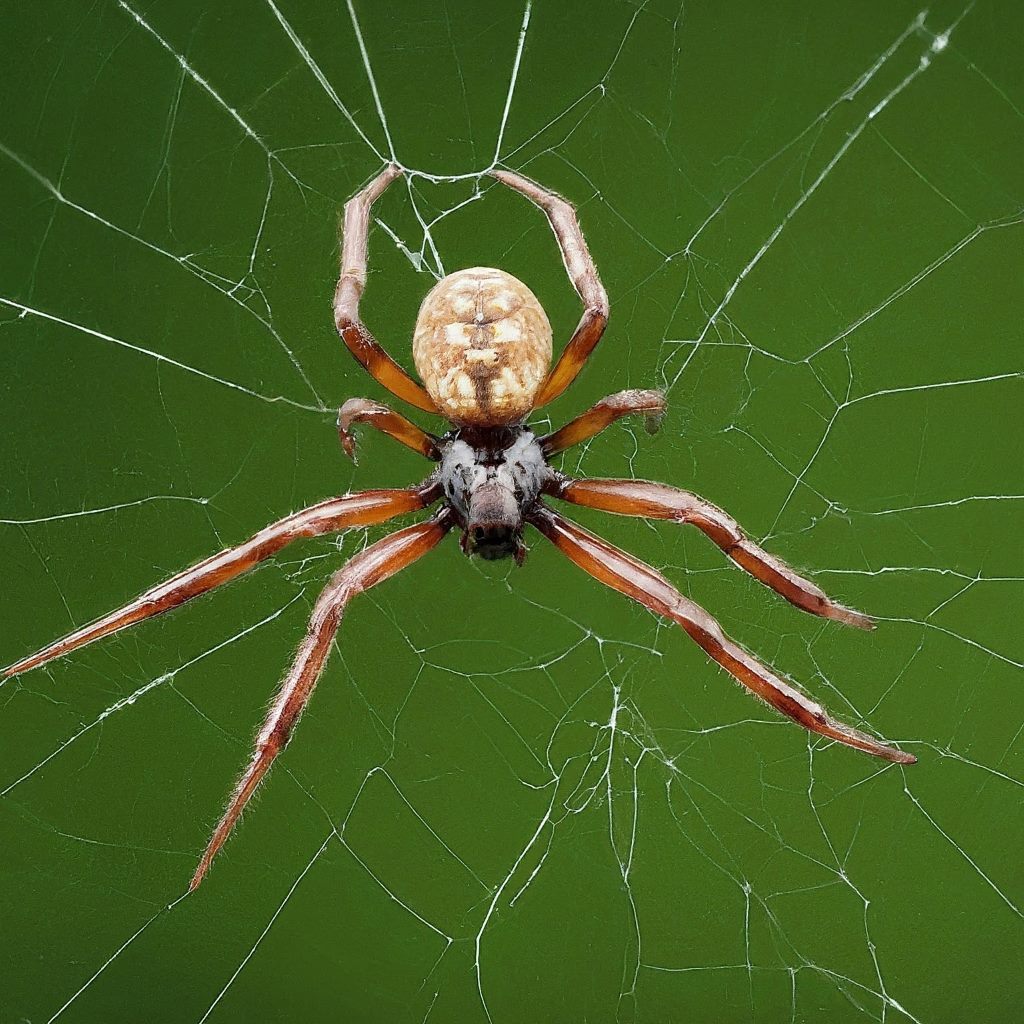
- Classification: False widow spiders belong to the family Theridiidae.
- Appearance: False widow spiders have a bulbous body with shiny, dark brown or black coloration. They have a distinct cream-colored marking on their abdomen, resembling a skull or hourglass shape.
- Lifespan: False widow spiders can live for up to five years.
- Prey and Diet: They primarily feed on insects, including flies, beetles, and other small invertebrates.
- Behavior: False widow spiders are nocturnal hunters, spinning irregular webs to catch prey. They are solitary spiders and rarely interact with other members of their species.
- Habitat: False widow spiders are commonly found in urban areas, including homes, sheds, and gardens, as well as natural habitats such as forests and grasslands.
19. Brown Recluse Spider (Loxosceles reclusa):
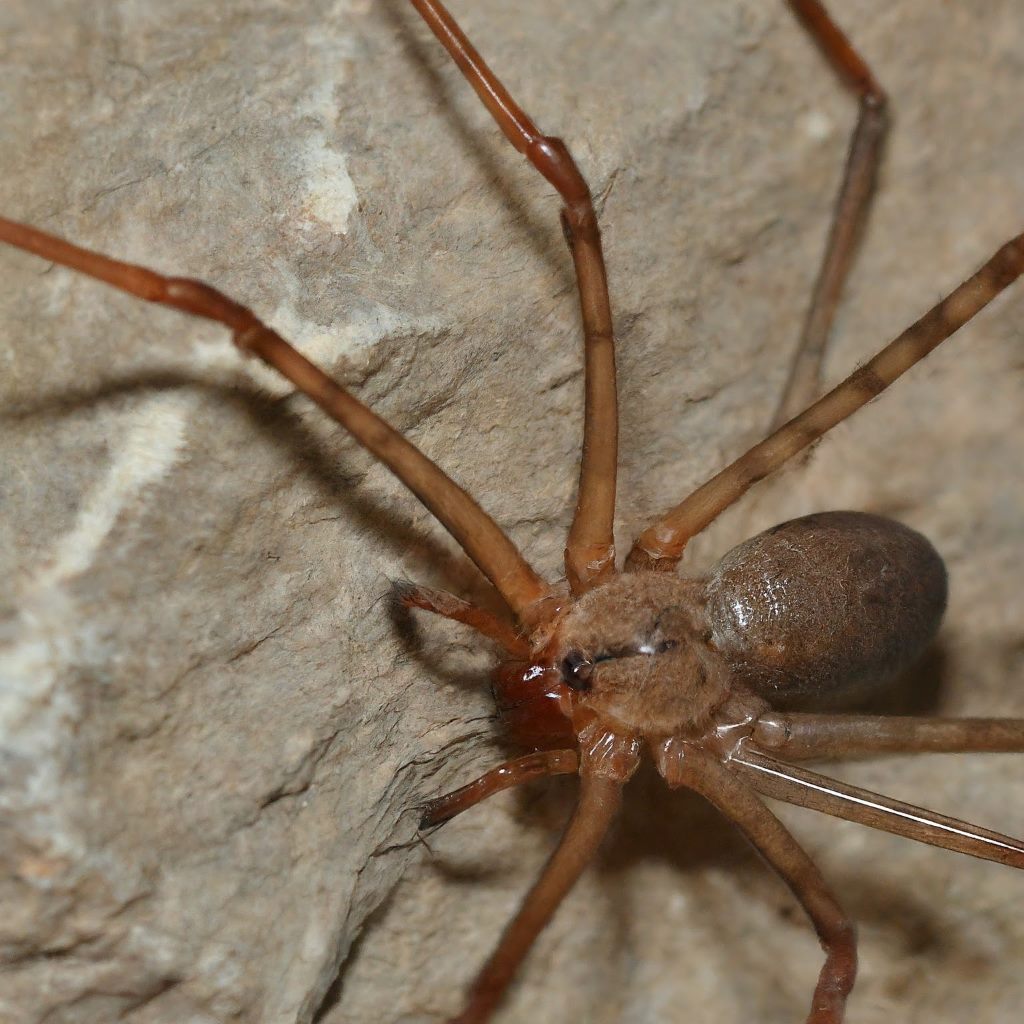
- Classification: Brown recluse spiders belong to the family Sicariidae.
- Appearance: Brown recluse spiders have a distinctive violin-shaped marking on their cephalothorax, giving them their nickname “violin spider.” They are light to medium brown in color and have a flattened body.
- Lifespan: Brown recluse spiders can live for up to two to three years.
- Prey and Diet: They primarily feed on insects, including cockroaches, crickets, and other spiders.
- Behavior: Brown recluse spiders are nocturnal hunters and prefer to hide in dark, secluded areas during the day. They are shy and non-aggressive but can deliver a venomous bite if provoked.
- Habitat: Brown recluse spiders are commonly found in homes, barns, basements, and other structures, particularly in regions with warm climates.
Summary:
In summary, the world of spiders encompasses a diverse array of species, including those that mimic the appearance of crabs. These spiders exhibit fascinating adaptations and behaviors that allow them to thrive in their environments and capture prey with precision. From the goldenrod crab spider to the spinybacked orbweaver, each species has its own unique traits and characteristics. By understanding these spiders’ biology and ecology, we gain valuable insights into the complexity of the natural world and the intricate relationships between different organisms. Whether lurking in flowers or weaving intricate webs, these crab-like spiders are a testament to the diversity and ingenuity of life on Earth.
Frequently Asked Questions (FAQs):
- Are false widow spiders venomous?
- Yes, false widow spiders are venomous, but their bites are rarely life-threatening to humans. Most bites result in mild symptoms such as pain, swelling, and redness, similar to a bee or wasp sting.
- How can I prevent brown recluse spider bites?
- To reduce the risk of brown recluse spider bites, it’s essential to avoid handling or disturbing them. Keep your home clean and clutter-free, seal cracks and crevices, and use insecticides if necessary to control their population.
- Are brown recluse spiders aggressive?
- No, brown recluse spiders are not aggressive and will typically only bite if they feel threatened or cornered. They prefer to retreat and hide rather than confront humans or other animals.
- Where are false widow spiders commonly found?
- False widow spiders are commonly found in temperate regions around the world, including parts of Europe, North America, and Australia. They often inhabit urban areas, including homes, gardens, and parks.
- How can I identify a brown recluse spider?
- Brown recluse spiders can be identified by their violin-shaped marking on the cephalothorax and their light to medium brown coloration. They also have six eyes arranged in pairs, unlike most spiders, which have eight eyes.

94% of pet owners say their animal pal makes them smile more than once a day. In 2007, I realized that I was made for saving Animals. My father is a Vet, and I think every pet deserves one. I started this blog, “InPetCare”, in 2019 with my father to enlighten a wider audience.
